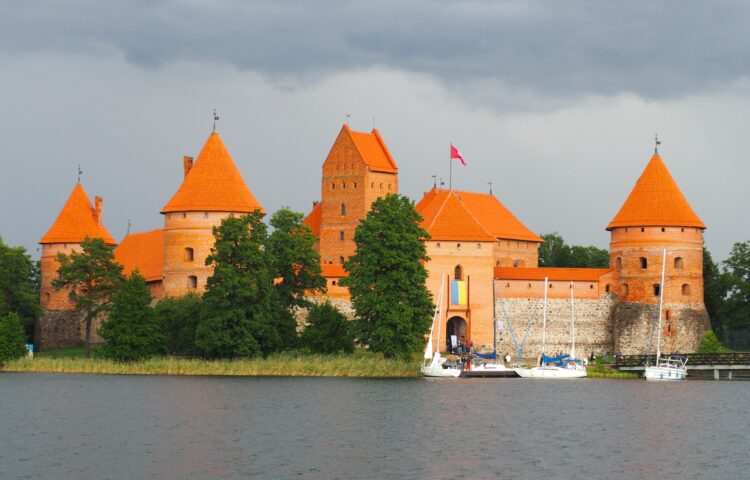Are you planning a visit to the Baltics and wonder what to do in Lithuania? Lithuania has a lot to offer. Either as a single trip or in combination with the other countries in the region. You can enjoy the capital Vilnius and other important cities, several national parks with all the range of possible landscapes and some weird visits that will not leave you indifferent!
We spent two weeks in the Baltics visiting Estonia, Latvia and Lithuania with a side visit to the city Helsinki. We combined moving by bus between the main cities with renting a car, either for one or several days at a time. Some of the recommended visits you will find in this publication cannot be done without a car. If you rent one, you can use it to move freely in the three countries.

In this post, you will find a very thorough list of visits in the main cities and natural areas, including all the places we assessed and the ones we did visit. Also, if you want some additional help on how to organise your trip besides what to do in the Baltics, do check my other post ‘Baltic countries roadtrip: two-weeks itinerary to the capitals and nature‘. There you will find a brief explanation on what you will encounter, ways to organise your trip or how to move around.
You can also check my posts about what to do in Estonia and Latvia:
Contents
Vilnius
The historic and current capital of Lithuania and the largest city in the country. Vilnius is known for the architecture of the Old Town, being one of the best-preserved in the whole Europe. It is a must in what to do in Lithuania.
Vilnius is and has historically been a multicultural city. Additionally, before World War II it was one of the most important Jewish centers in Europe. It was even called ‘the Jerusalem of Lithuania‘.
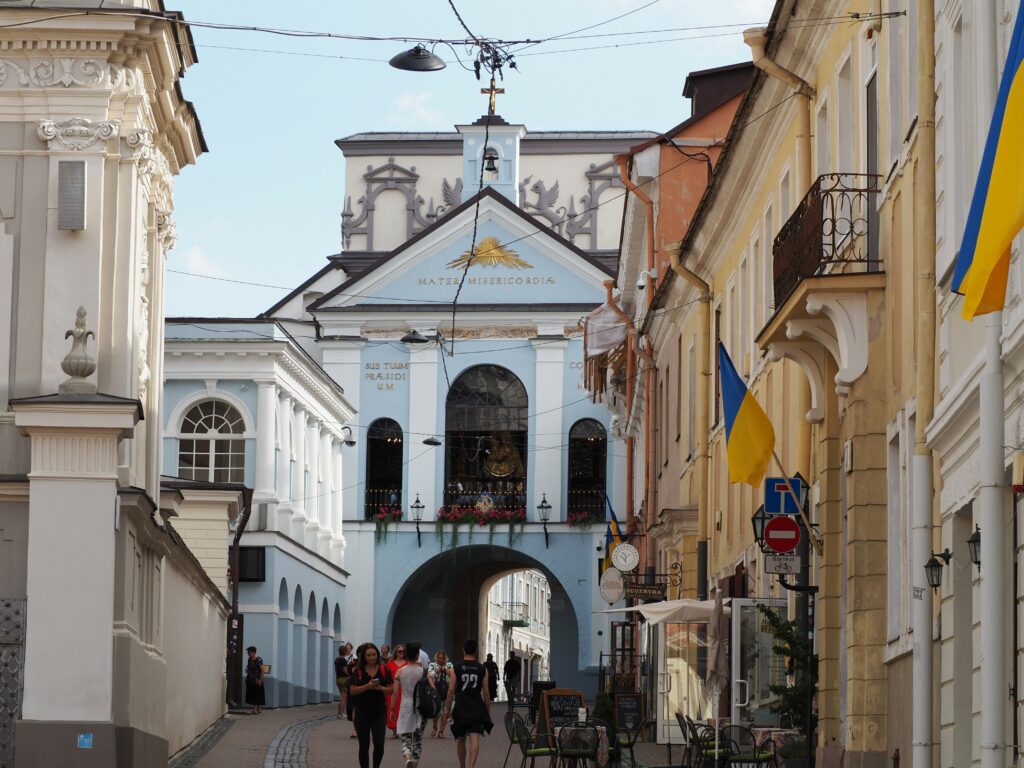
My recommendation to visit Vilnius would be to take a free walking tour that explains the history amd walks you through the main monuments of the city. You should see:
- St. Anne’s Church

- Bastion of the Vilnius Defensive Wall
- Cathedral Square
- Office of the President of the Republic of Lithuania
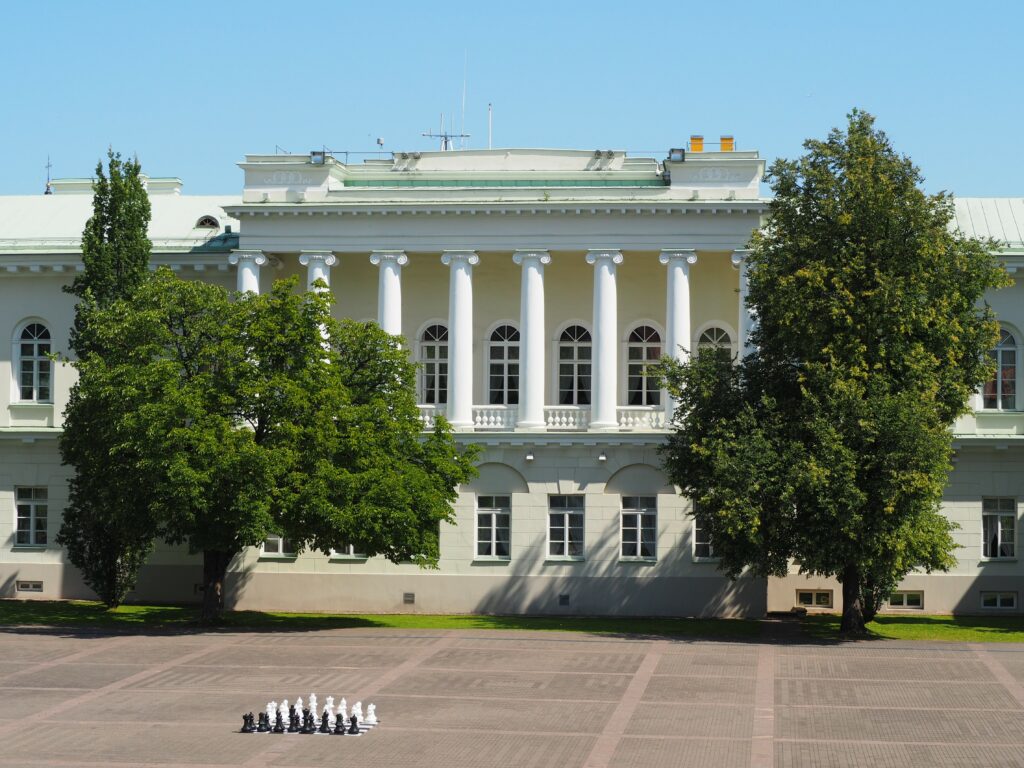
- Literatų gatvė

- Uzupis (see next section for details)
- Town Hall Square
- Vilnius University
- Gothic corner
The best views over the city are in the Gediminas Castle Tower, located in a small hill in the verge of the old town.
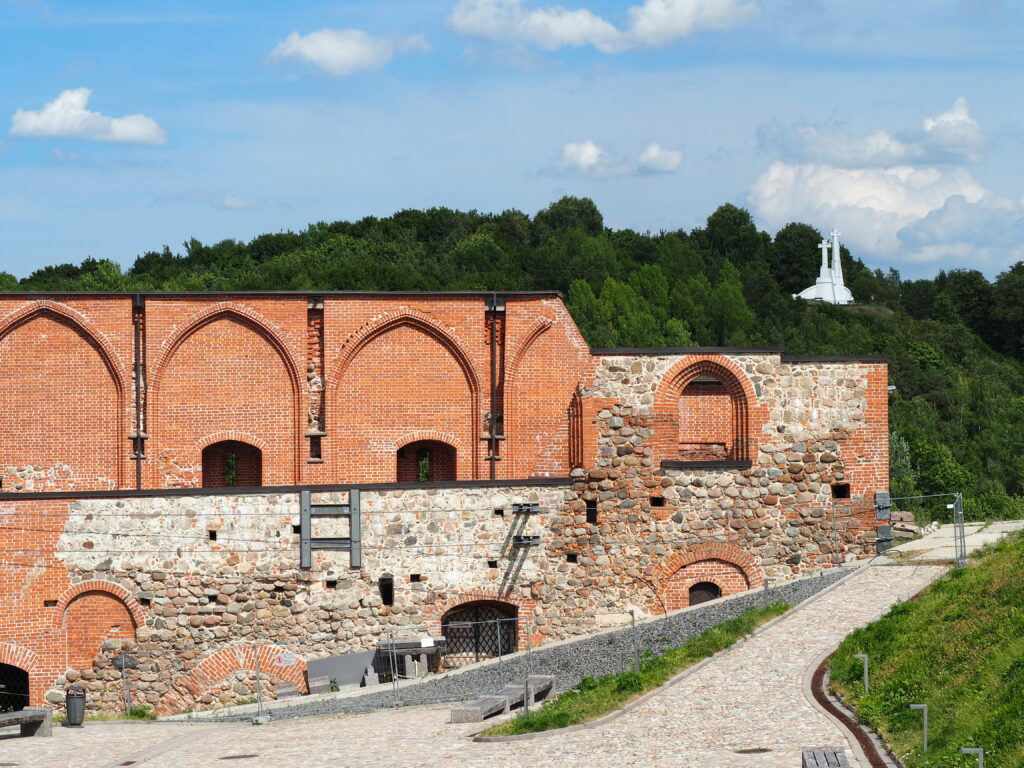
You can arrive there either by walking or by cable car. We got there by walking and although we were exhausted, it was only a five minutes climb and the worst part was the hot sun. The access to the hill is free, but you gave to pay to climb to the tower.

As an alternative for the views, you can also check the Hill of Three Crosses.

Let me finish with some curiosities about Vilnius. It has the biggest old town in the baltics and the higher number of churches with a total of 28. Also, for a few years in the beginning of the 20th century, it belonged to Poland. During that time, Kaunas was the capital of Lithuania.
Užupis
It is the smallest district in Vilnius and also a self-declared independent republic. Although they are not officially recognised and the whole thing is a sarcastic matter, they have their own money, power, an anthem and constitution. Užupis is separated from Vilnius by the Vilnelé River. It is a vibrant neighbourhood of artists, intellectuals and entrepreneurs.
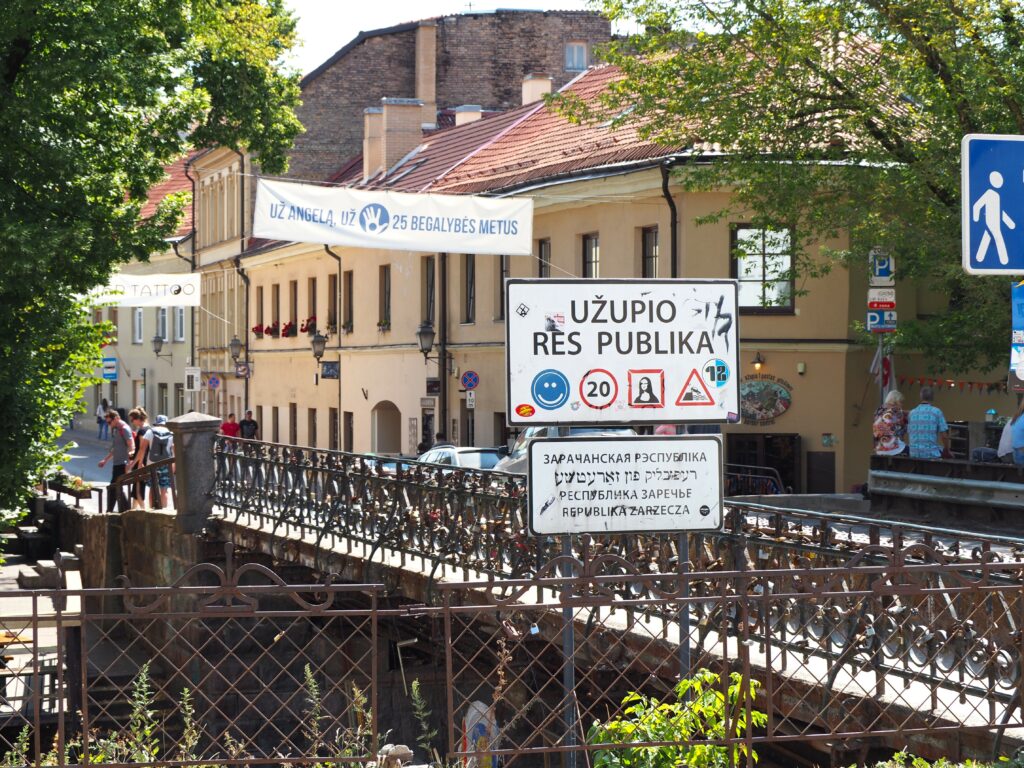
It is a nice neighbourhood to wander around and enjoy its vibes and streets. You can check their constitution (it is imprinted in one of the streets in a lot of languages and it is really really worth reading), swing over the river at the bridge that enters to Uzupis, or stamp your passport. Also, if you happen to visit in April’s Fool, be sure to get an Uzupis coin at some store and buy a beer in a local bar. It is the only day that their coin can be used, and the only thing you can buy is a beer.

Trakai Castle
A red fairy tale castle in the middle of lake Galve, it is one of the most touristic places in Lithuania and you easily understand why. Trakai was built in the 14th century and served as a residence for the Grand Dukes of Lithuania until the 17th century. It was rebuilt in 1951, maintaining its gothic architecture. It is currently part of the Trakai History Museum.

You can arrive by bus from Vilnius or by car. If so, you should take into account than parking slots are scarce and it would be a good idea to arrive early.
Once there, the main activity to do is to visit the castle. Several rooms have been rebuilt and now feature very curious expositions of antique objects, such as cutlery, teacups, carpets made with the skins of large animals… There’s even a whole room dedicated to smoking pipes! The visit is very complete and worth it.
Besides the visit to the interior of the castle of Trakai, in the area you can take a boat ride in the lake Galve, which can include circling the castle to have 360 degree views (although you’ll have very decent views from the town). Also, the place is one of the most touristic in Lithuania, so there’s plenty of stalls with artisany and local food.
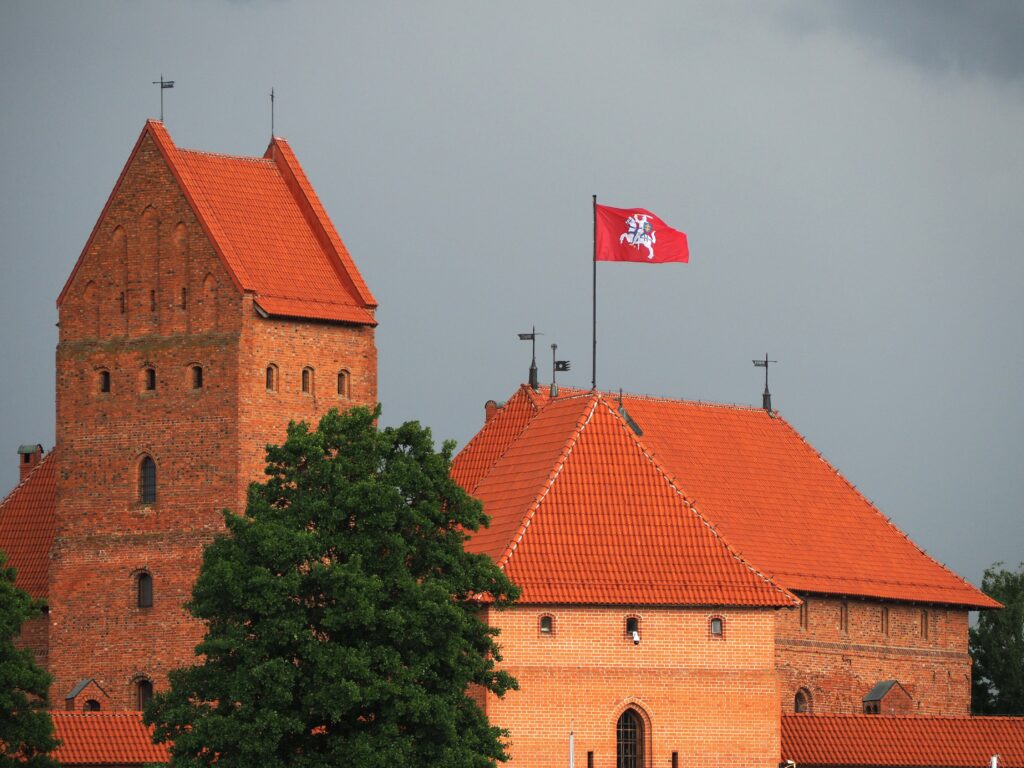
Curonian Spit
It is a 98km long sand-dune island that separates the Curonian Lagoon from the Baltic Sea. The territory is shared between Lithuania and Russia (Kaliningrad). Its maximum width is 3,800 meters and its minimum 400. It is quite difficult to visit the Russian side, but the Lithuanian side is a great what to do in Lithuania. There is a fee to enter the island.
What to do
The main activities to do in the Curonian Spit are divided by region.
Smitlyne
- Maritime Museum (Smiltyne): the Maritime Museum, one of the most visited museums in Lithuania. It features exhibitions of marine nature and maritime history presented in an innovative way using technologies. A family of pelicans lives outside the museum. You can also do a short walk surrounding the fortress, where you will pass through an amazing forest that will bring you to one of the most beautiful beaches in the island.
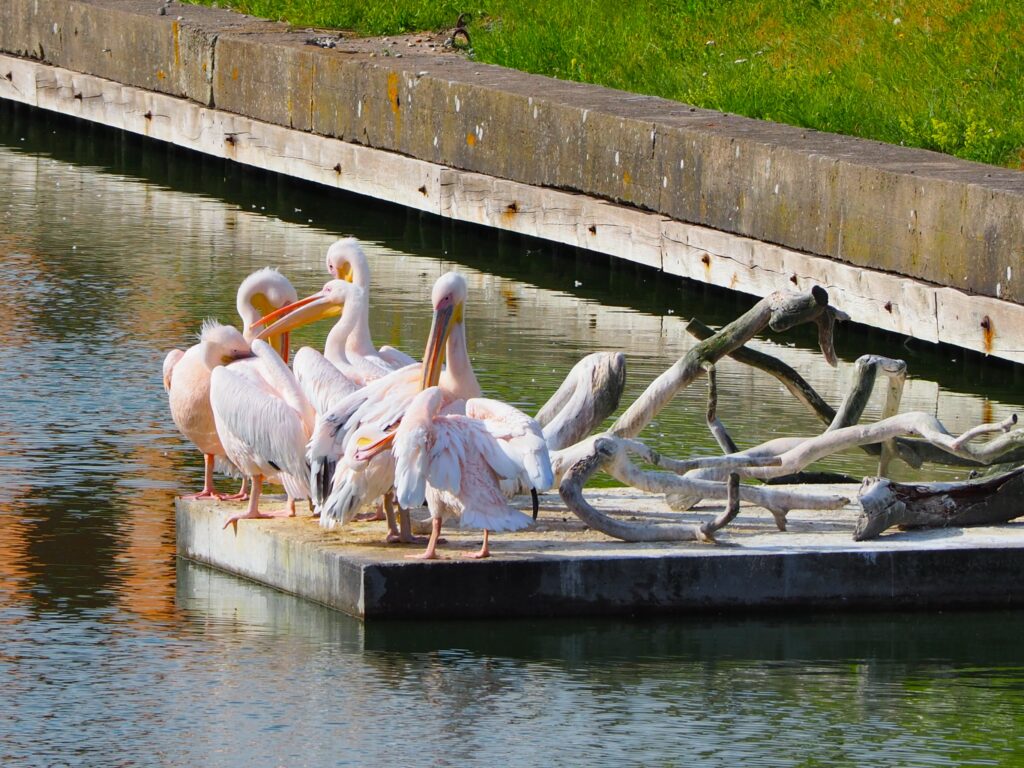
- Grounds of Old Fishing Ships (Smiltyne): several fishing ships (real ones) that range in type and size. From the small ones that you pass by to the big ones where you can enter and explore an exhibition on how is life on board. The entrance is free.

- Sea Fisherman’s Farmstead (Smiltyne): a sort of etnographic musuem with several buildings composing a fisherman’s village, which is also free to visit.
Juodkrante
- Amber Bay (Juodkrante): once the main area where amber was extracted in the island, now it is a peaceful spot with some statues in the water.
- The town of Juodkrante: just wander around and enjoy the wooden houses in front of the sea. Juodkrante is also the perfect place to enjoy zuvis, a type of smoked fished traditional from the island.
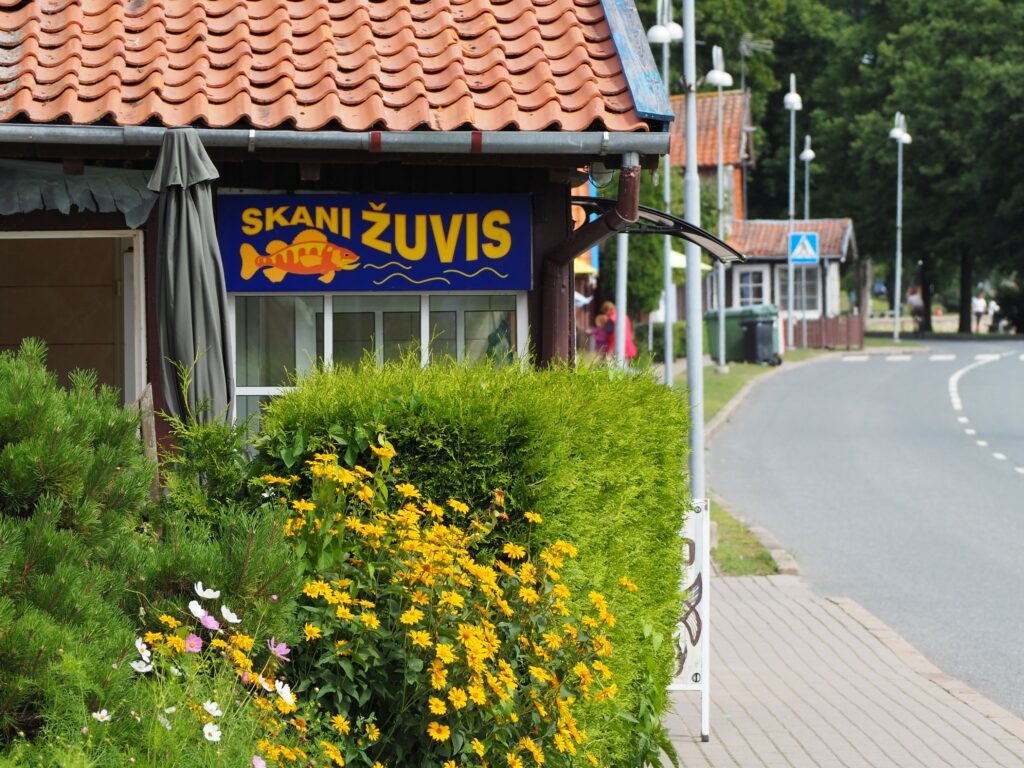
- Hill of Witches (Juodkrante): a small hill inside the town featuring several wooden statues in the middle of the forest. The statues have been carved by craftmen of the area and are dedicated to witches and demons, as they are believed to live in that hill. It is a short and easy pleasant walk.
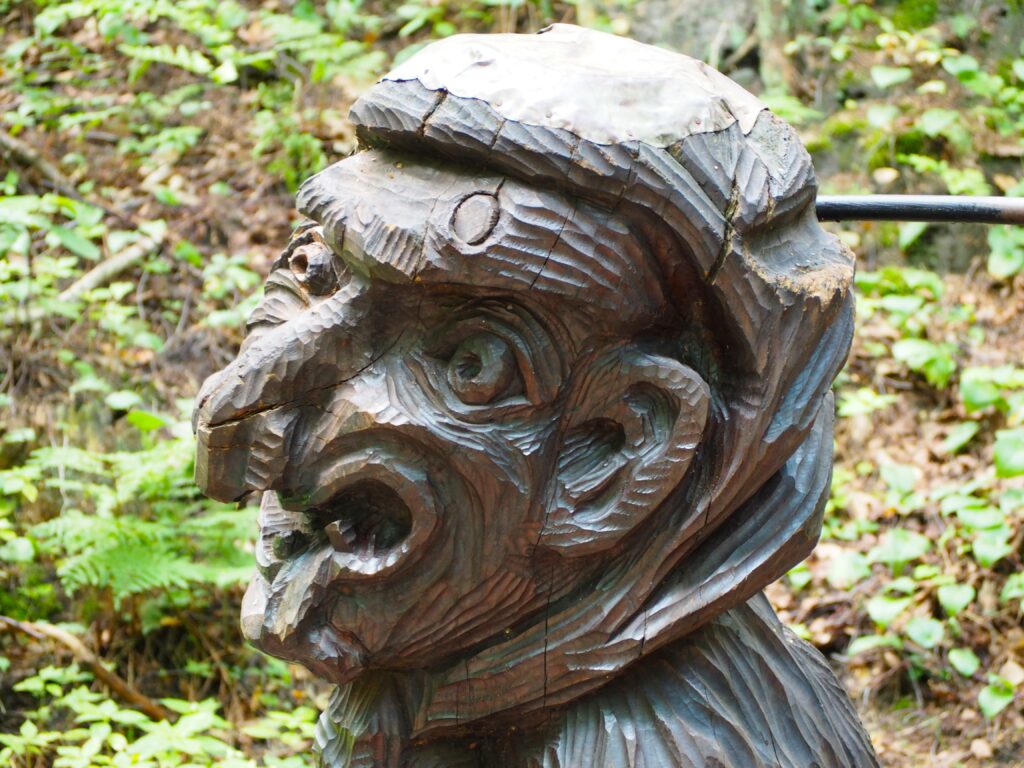
- Colony of Grey herons and Great cormorants (Juodkrante): a small deviation from the main road. It constitutes a viewpoint and information for herons and cormorants that live in the specific ecosystem of that forest. Although the trees seem dead, they are actually quite thriving mainly thanks to the fish that the birds lose to the grounds. We had little expectations regarding that particular spot but ended up enjoying the observation of the birds a lot.
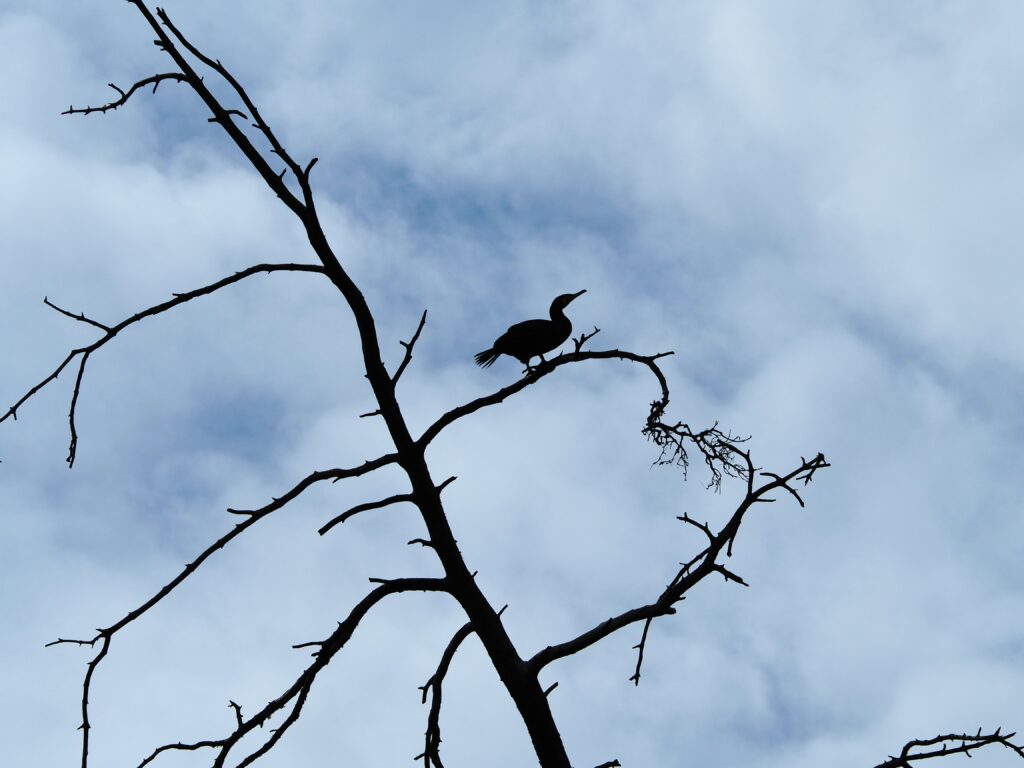
Nida
- Cognitive path in Naigliai strict nature reserves – Dead dunes: for a fee of 5€ per person you can access one of the most beautiful dunes in the Curonian Spit. The walk will take one hour of your time (go and return) and will arrive to a viewpoint of the Curonian Lagoon, with the shores of Lithuania on the other side. For the last part of the walk you can leave your shoes in the wooden platform and walk directly in the sand.
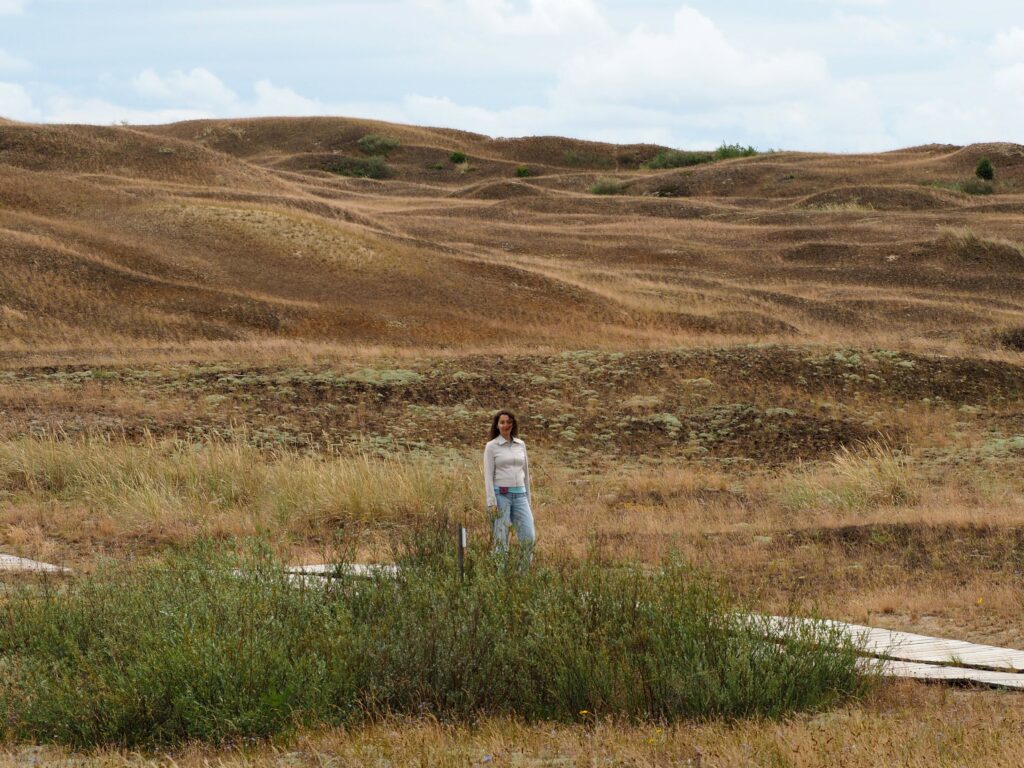
- The town of Nida: it acts as the capital of the spit as it is the biggest village. It has several museums and a great promenade. Nida is also the last town before entering the Russian part of the island.
- Parnidis Dune: the most southern part of the Lithuanian part of the Curonian Spit is this dune. You can take a walk and observe its several statues and constructions, and end up sighting Russian territory. It may be wise to deactivate the data service in your smartphone, just in case it connects to some Russian provider and you recieve an unpleasant surprise in your bill.
How to arrive
The only way to arrive to the Curonian Spit is by ferry from the city of Klaipeda. There are two different ferries, one for pedestrians (Old Ferry) and one for cars (New Ferry). They leave from two different ports and arrive to the port of Smiltyne at the Curonian Spit (north of the island). You can check all the information on schedules, rates and location of the ports in the official website here.
You can buy the two-ways ticket online in that same website. One way tickets are not available. The ticket you buy does not have a specific date, therefore you need to activate it the day you want to use it, previously to arriving to the port. The activation is also managed through that website.
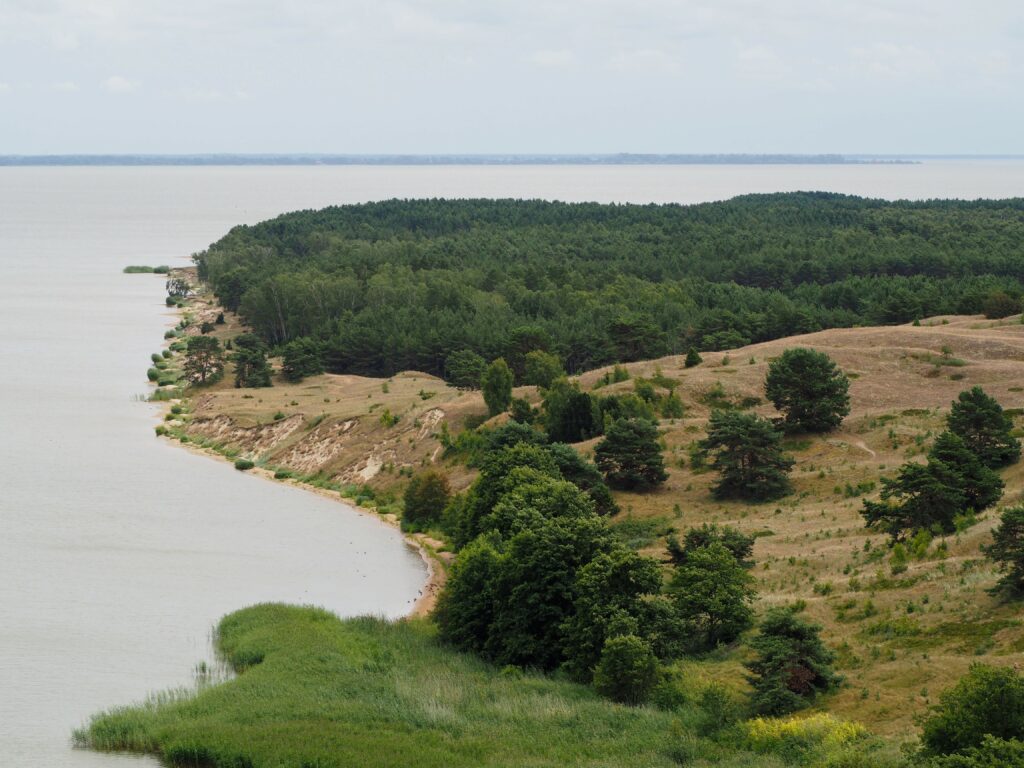
At the port (both to go and to return) there is a queu of cars and you board in order of arrival. To take the return ferry, when you are arriving to the port stay in the left lane of the road, as it is much faster than the other ones.
Once in the island, the most comfortable way to move is by car, although parking is scarce (particularly in cities) and most spots are exclusive for residents or hotel hosts. Therefore they are not available for one-day visitors. The spots that are avaliable for visitors require a fee (particularly in cities), which you can pay with coins (but not bank notes or credit card) or via the App UniPark.
As an alternative, there is a bus that runs up and down in the island, however frequencies could be improved. There is also a pretty decent bike lane crossing all the Curonian Spit.
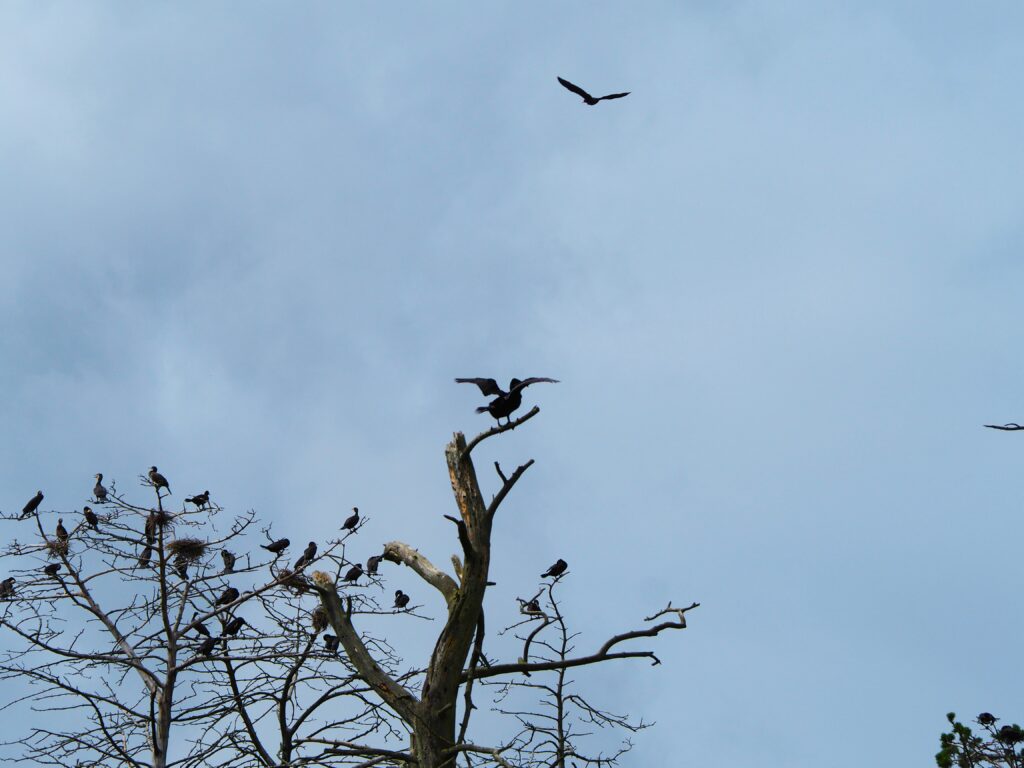
Kaunas
The second city of Lithuania, vibrant and modern, and a starting point for some travelers due to its airport. However, there is considerable distance among some of its most notable attractions. It is not the easier city to visit.
Hill of Crossess
In a relatively small hill, over 100,000 crosses have been planted over the years. They vary in size, style or material, making for a picturesque and bizarre sightseeing. As a con, it is not particularly close to any other attraction in the country, therefore you would need to expressly drive there.
Grūto parkas
A difficult place to define, Grüto Parkas is a zoo slash theme park dedicated to the USSR.
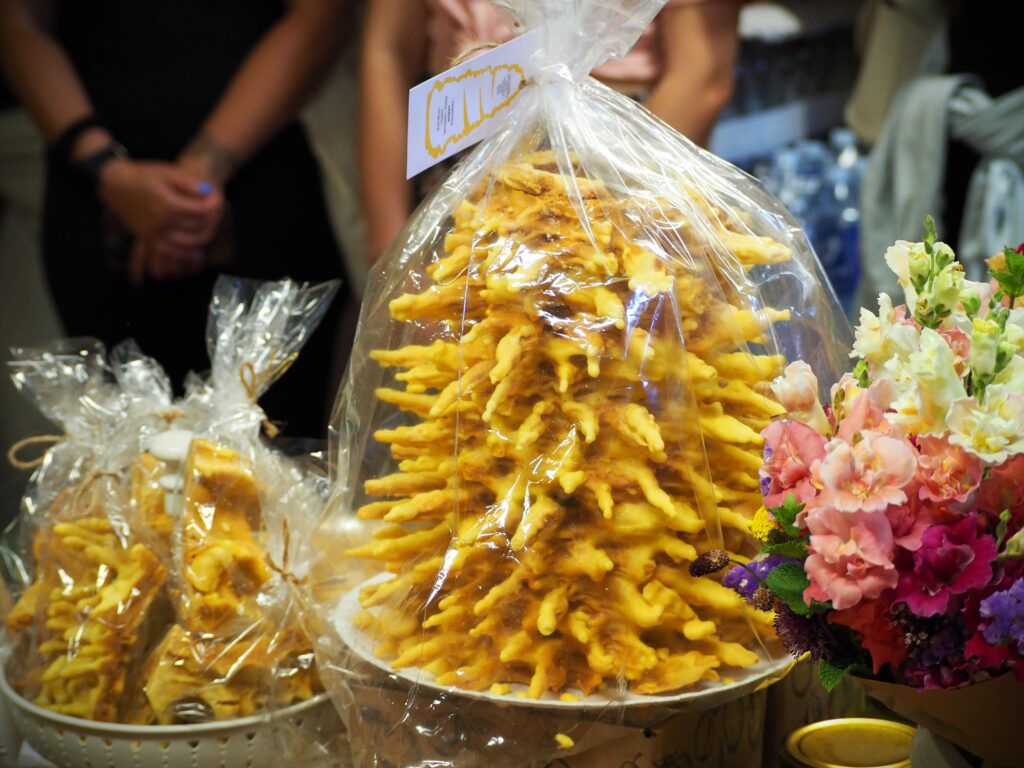
Was this post useful for you? Please let me know and feel free to ask any question in the comments section! You can also support my work and Buy Me A Coffe. I will be immensely happy 🙂
